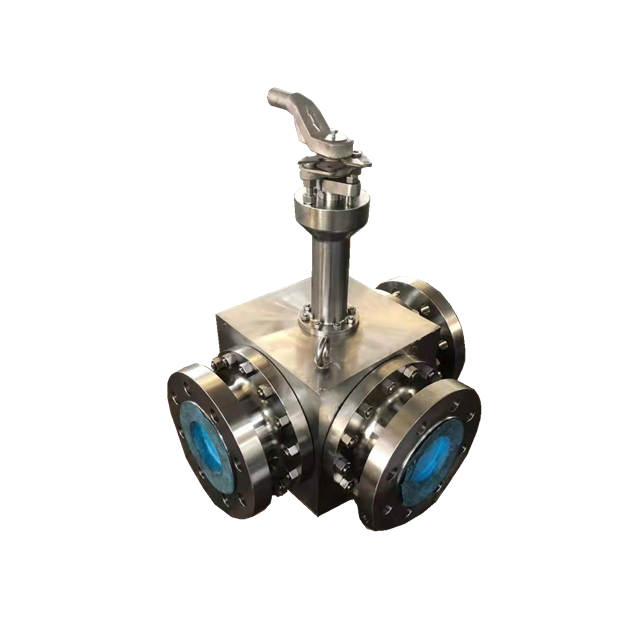Table of Contents
ToggleA 3-way ball valve has three ports: an entry port, a discharge port, and a third or diverting port. There are two types of T ports ball valves available in the market, i.e., T port and L port. “T” port valves direct flow to two sources and block the third channel. L port valves connect two orthogonal pipelines and serve only as a distribution device.
When the T-port valve is installed, the ball is rotated to the rear of the valve to stop the flow. If the T-port valve is installed on both branches, it can only shut off one branch. If the T-port valve is shutting off, you’ll need a second valve on the opposite branches.
A T port ball valve is mostly used to mix materials. It is also known as a mixer ball valve. It requires a 90-degree turn of the handle to allow flow.
If you want to know more about a T port ball valve and how it works, continue reading this article.
What is 3 Way T Port Ball Valve?
If you’re planning on using a ball valve with three ports, you’ve probably wondered what a three-way T port valve is. Three-way valves divert media in two directions. Their ports are labeled as one outlet and two inlets.
Three-way ball valves have two types, T-port and L-port. They send media to one location, shut off a flow in the other direction, or mix two different types of flow. Depending on your application, a T-port is better for your needs. In general, a T-port is more versatile than an L-port, but you can’t go wrong with either type.
A T port ball valve can be used to divert the flow as well as mix the flow. It can also be used as an L port ball valve. This type of 3-way ball valve has a T shape design and can be used to mix different materials. It is also known as a 180-degree ball valve.
To stop flow through a 3-way T port ball valve, you must turn the handles 90 degrees counterclockwise to stop the flow in one direction. This action turns the ball 180 degrees and cuts off flow in the other direction. The arrow on the handle mimics the cutout section of the ball in the valve. The reverse process will open the other port.
Working Principle of a Three-Way T Port Ball Valve
A three-way T-pattern ball valve works by allowing the flow of one medium through the opposite inlet. To switch between the two, simply turn the handle counterclockwise at 90 degrees. A 90-degree turn will block the flow, while a 180-degree turn will allow it to return to its starting position. This valve features two shut-off positions, and it can be used with either the two-directional or common-port flow.
A three-way T port ball valve is an important piece of equipment for any process. It allows you to direct one flow to another while mixing two others. The tee-shaped indicator on a 3-way ball valve mimics a section of a ball inside the valve. This valve is also commonly known as a diverter valve. You can find this valve in any industrial setting. If you’re using one for a project in the manufacturing process, you’ll need to consider the size and shape of the valve.
The working principle of a three-way T-port ball valve is simple. One valve serves two inlets, while the other is shut off. The third channel is only used to connect two orthogonal pipelines. You just need to turn the handle 90 degrees to start the flow. When it turns it in one direction, one side is blocked, and the rest is opened. When you turn it to another side, the other side is closed, and the rest is opened. When you turn it completely, all sides are open.










